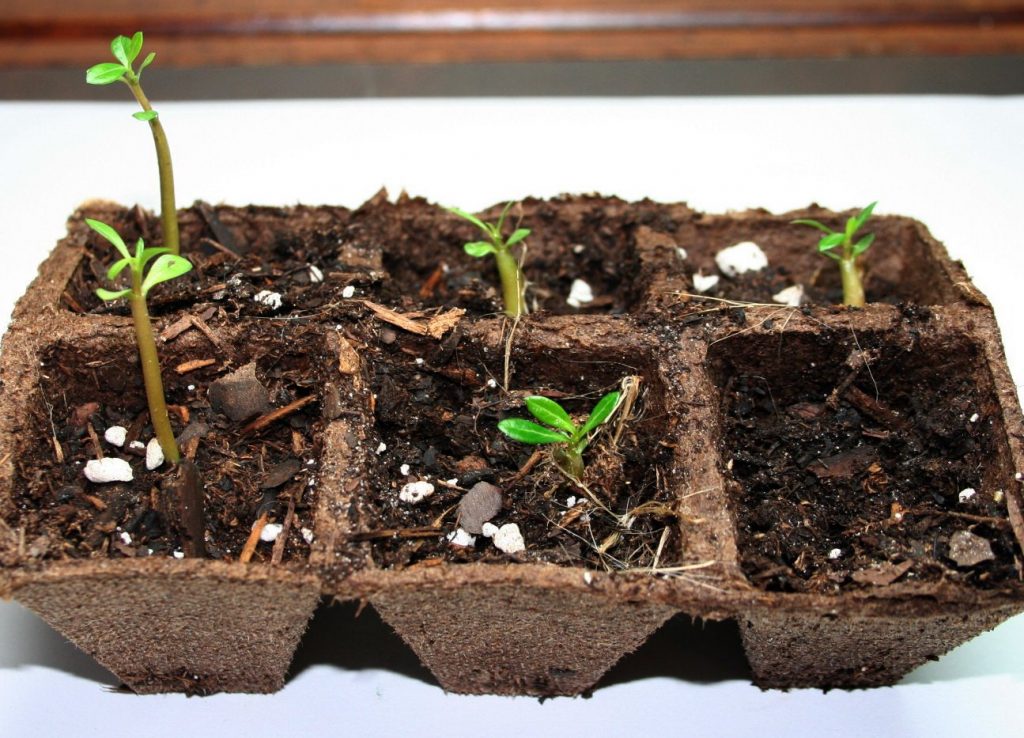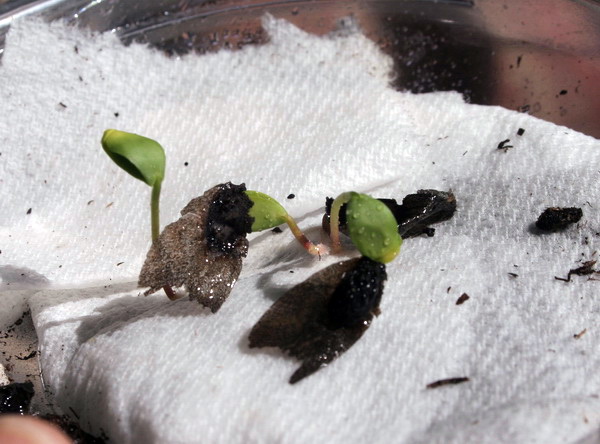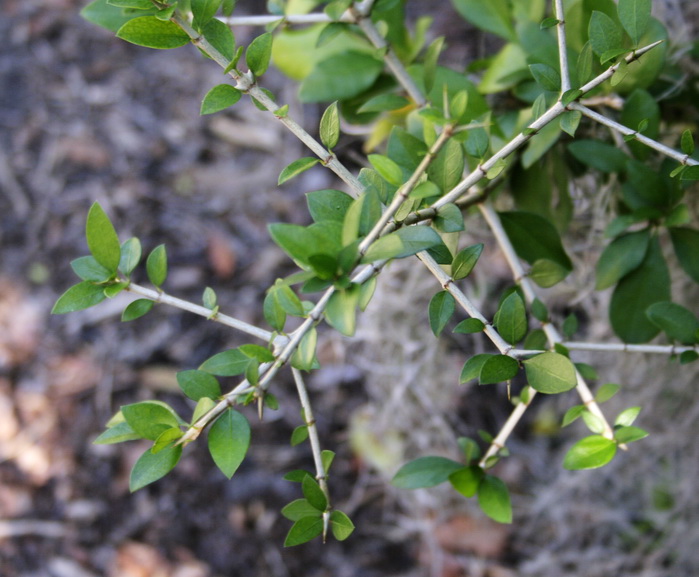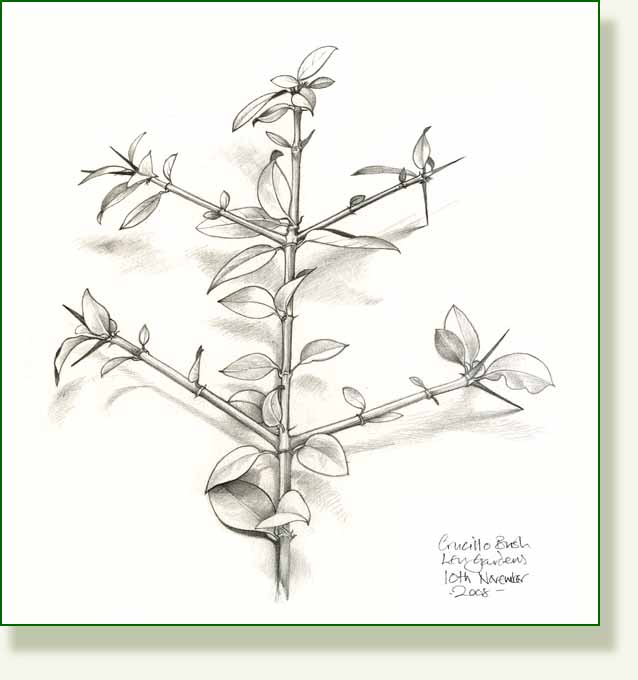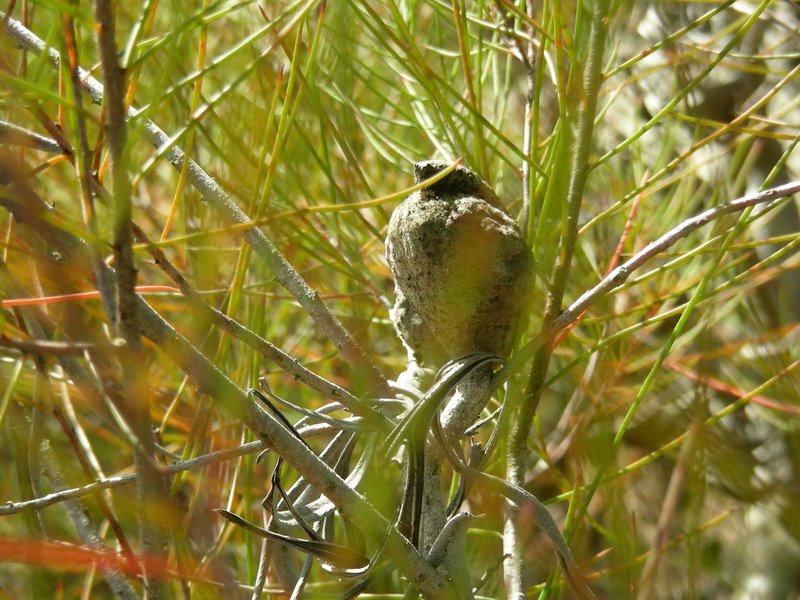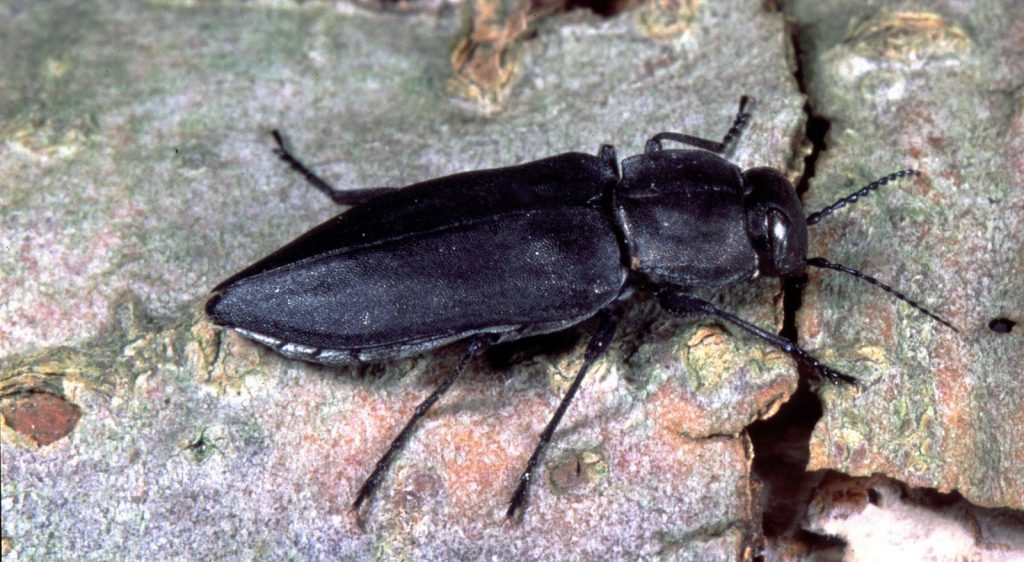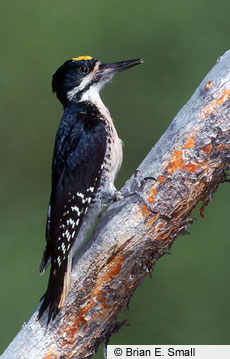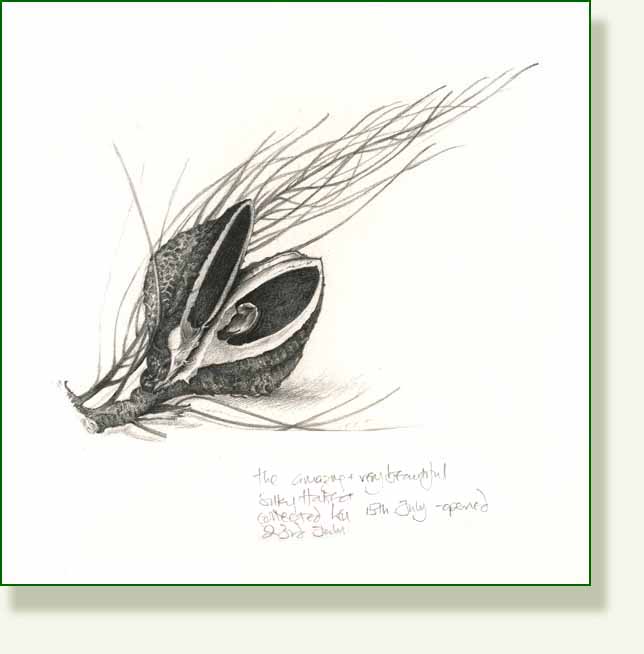Today I am having a studio and balcony sort-out day. In my “studio” which is the other bedroom I have the small nature table which is now covered with bit of pods and twigs and leaves. They are all getting out of hand and occasionally a seed pod explodes and seeds ricochet around the room. It is Ant’s perfect adventure playground of course. Yes, Ant is still here. Why? The balcony door is open day and night. He must just prefer to be inside I suppose, yesterday he was mountaineering in my jar of brushes.
I also have a few pots on the balcony where I optimistically plant things, sometimes bits of stem that I have drawn, sometimes small cuttings and the occasional seed. Many are doing well. I am particularly delighted that the “leaf” of the beautiful Red Rhipsalis here is growing, my Soapberry seedling is a now a tiny tree, the Crown of Thorns and Stapelia which Pedro gave me are thriving and all the leaves of the various Sansevierias are sprouting roots and the piece of Devil’s Backbone here is beginning to zig zag its way to heaven.
My seedlings are doing well too. The tiny Desert Rose seedlings look like little plants already. There were 6 but I managed to knock the head off one of them.
And to my amazement the Silky Hakea here seeds have sprouted. On one of my visits a few weeks ago I noticed that the Hakea I like so much is dying. All the beautiful pods had opened up and almost all the seeds had gone. This may be a natural part of its life cycle as it has to be damaged in some way for the pods to open, but I did manage to find three intact seeds and wondered if they might germinate for me. My methods are haphazard to say the least and because I like to see how things grow I just use damp kitchen towel in an old upside down plastic fruit container. After only a week they had sprouted and here they are just shrugging off their seed coats, looking happy and relatively healthy I think.
But my favourites for the moment are the two spindly and comical Gout plant seedlings. They sprang out of their pots within a few days of planting and I am entranced by their elegance and vigour.
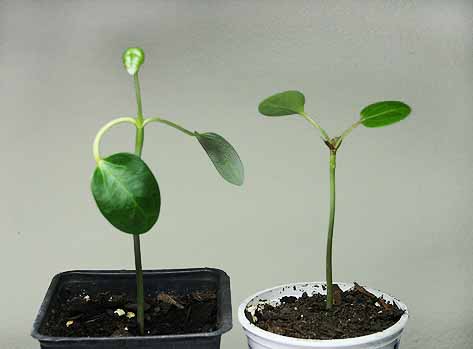
Bill and Ben… not quite twins, but related.
I´m afraid I have called them Bill and Ben .. well, a little silliness has to creep in every now and then. My American readers were probably spared the much loved UK 1950’s children’s TV programme with the two flower pot men puppets and the very annoying Little Weed..
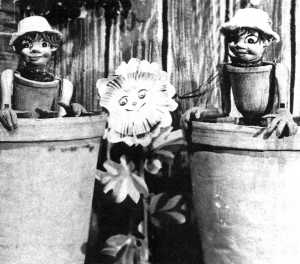
Image from Whirligig TV here
I need some more time and a better sample to continue the cotton drawings so today I drew the little crucillo sprig that has been waiting for a couple of days now . It seemed happy enough in some wet oasis but the leaves are just beginning to droop.
It is labelled as “Randia laetevirens” Crucillo Bush, the name meaning “little cross” for obvious reasons. It was the cross formation of the white stems that caught my eye and the leaves are dainty but there are some very sharp spikes on the ends of the twigs. I have not been able to find out very much about this particular variety but Austin and Honychurch writing about the Randia aculeata (White Indigoberry) in “Florida Ethnobotany” say it is described as the “little cross” in South American countries and the branches sold as small Christmas trees in the winter.. so this must be a close relative. I will amend this post if I find out.
_______________________________________

